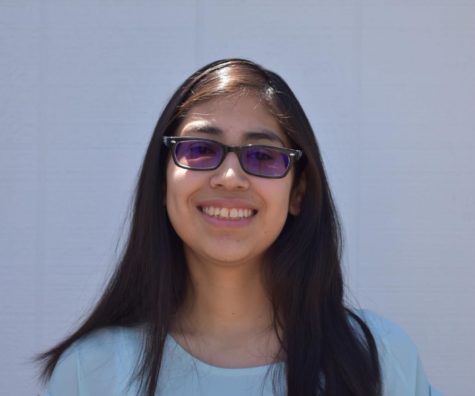Students celebrate Native American Heritage Month
Faculty show Blackfeet Flood documentary about 1964 incident
Business and Marketing major Jaissa Grunlose talks about the importance of Native American Heritage Month on Wednesday afternoon at the Native American Program Center.
November 7, 2019
*This article was updated to include all the groups that collaborated to hold the event.
A documentary called “The Blackfeet Flood,” about a 1964 flood in the Blackfeet Indian Reservation in northwestern Montana, will be shown at 5:30 p.m. in Goertzen 21, which is one of the events held in honor of Native American Heritage Month.
WSU Native American Programs, Natives In Media and the Edward R. Murrow College of Communication collaborated to host the event.
The documentary tells the journey of Butch New Breast, a survivor of the flood, going back to the reservation 50 years later, said Lailani Upham, freelance journalist and member of the Blackfeet tribe. Butch New Breast was 14 years old when the flood happened, and he lost his entire family.
The documentary will tell the stories of the people that survived. Several people were moved into temporary flood homes, which changed their way of life, Upham said.
The local newspaper on the reservation covered the incident, she said, but there was no nationwide coverage of the flood.
Upham said that many people never talked about the flood or acknowledged what had happened.
She said that she hopes the way the documentary shares people’s stories will honor the people who lost their lives during the flood.
Jaissa Grunlose, business and marketing major and an American Indian studies minor, said Native American Heritage Month is about celebrating and honoring Native people.
People should acknowledge whose traditional lands they are standing on and think about Native Americans being forced to go to boarding schools in order to assimilate into white society, Grunlose said.
“It is important to recognize that we are still here and relevant,” she said.
Native American Heritage Month is a way to express the different Native American cultures, Grunlose said.
“Visibility through celebration is important because it gives us a voice and makes our voice louder,” she said.
This month is exciting for her because between Indigenous Peoples’ Day and the end of the month, Native Americans can tell their stories and people are more willing to listen to them, Grunlose said.
WSU can do more for Native American students because Native American Programs are the only ones putting on events for Native American Heritage Month, she said.
She said she wants more collaboration with ASWSU and other departments across campus to recognize the importance of the month for students on campus.
She said she is interested in seeing how the filmmakers tell the story from their perspectives.
















